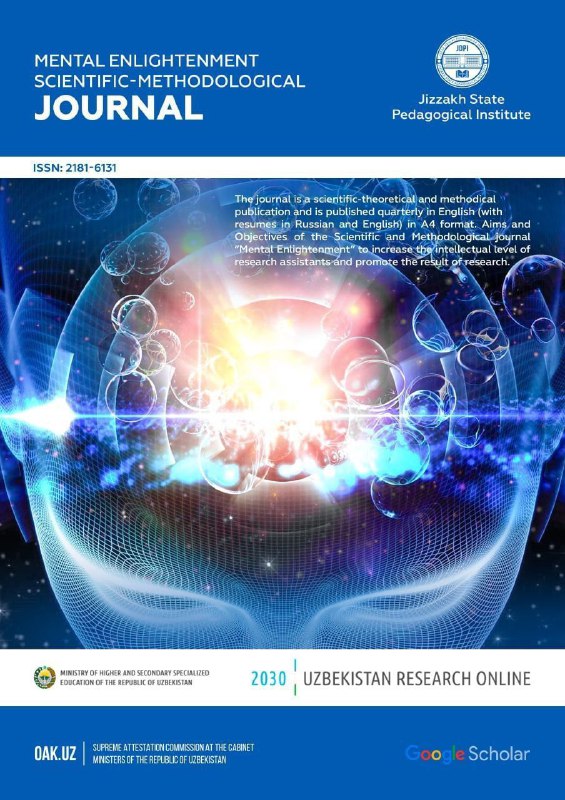Аннотация
The article discusses the changes in the ethnic composition of population of the region during historical development of the Uzbeks, the replacement of one tribe by another, assimilation and unification of tribes. The plot of legendary Tomaris is identical to Herodotus’s "History" and he narrated this story on the basis of oral sources can be a proof of its origination in the folklore of the ancient Scythian tribes. The image of one-eyed fantastic creature is found in Ossetian mythology associated with the Sarmatians of ethnic origin, as well as the depiction of one-eyed giant, one-eyed, Dorokoz and other mythical characters in the mythology of the Sak and Massaget tribes of Central Asia based on Herodotus's account that "the same story told by Issedons is also narrated by the Scythians,". Mythological notions of the Arimasps may have originated in Central Asia, not in the folklore of the ancient ethnos living in the foothills of the Altai Mountains and the steppes of northern Kazakhstan and this narration of “children of the blind slaves” narrated by the author may be part of a particular archaic plot existed in Scythian folklore. Consequently, the folklore of living people in the vast area from the Caucasus to the Altai Mountains, inhabited by ethnoses called "Scythians" by ancient Greek authors, contains common epic interpretations of this ancient legend confirms this assumption. While writing his book, Herodotus mentions that it has been preserved in epic plots, applied arts, customs and rituals of ancient Scythian epic in Central Asia.
Как цитировать
Библиографические ссылки
Ancient authors about Central Asia. - Tashkent: Ostekhizdat, 1940 .-- p. 20.
Dumézil J. Legends about the “sons of the blind” in the Caucasus and the Caucasus // Ethnographic Review. - M., 1996. - No. 5. - S.82-83.
Herodotus. Story. - L .: Nauka, 1972 .-- S. 187-188.
Ismagilov R.B. On the localization of some tribes of Herodotus's “History” // Historical readings in memory of MP Gryaznov. Part 2. - Omsk, 1987. - P.75;
Korogly Kh.G. From east-west folklore connections. Temyaglaz (Depegez) - Polyphemus // Typology and relationships of medieval literatures of the East and West. - M .: Nauka, 1974 .-- S.287.
Machinsky D.A. The land of the Arimasps in ancient tradition and the "expanse of the Aryans" in the Avesta // Priesthood and shamanism in the Scythian era (Proceedings of the international conference). - St. Petersburg, 1996. - P.4-6.
Zhirmunsky V.M., Zarifov Kh.T. Uzbek folk heroic epic. - M .: OGIZ, 1947 .-- S. 131.
Авторы
Tukhtamurod Kuchkarov
Ministry of Internal Affairs of the Republic of Uzbekistan Academic Lyceum of Jizzakh
Ключевые слова:
sak, massaget, arima, one-eyed people, children of blind slaves.Выпуск
Раздел: Статьи
Copyright (c) 2023 Журнал иностранных языков и лингвистики

Это произведение доступно по лицензии Creative Commons «Attribution-ShareAlike» («Атрибуция — На тех же условиях») 4.0 Всемирная.


